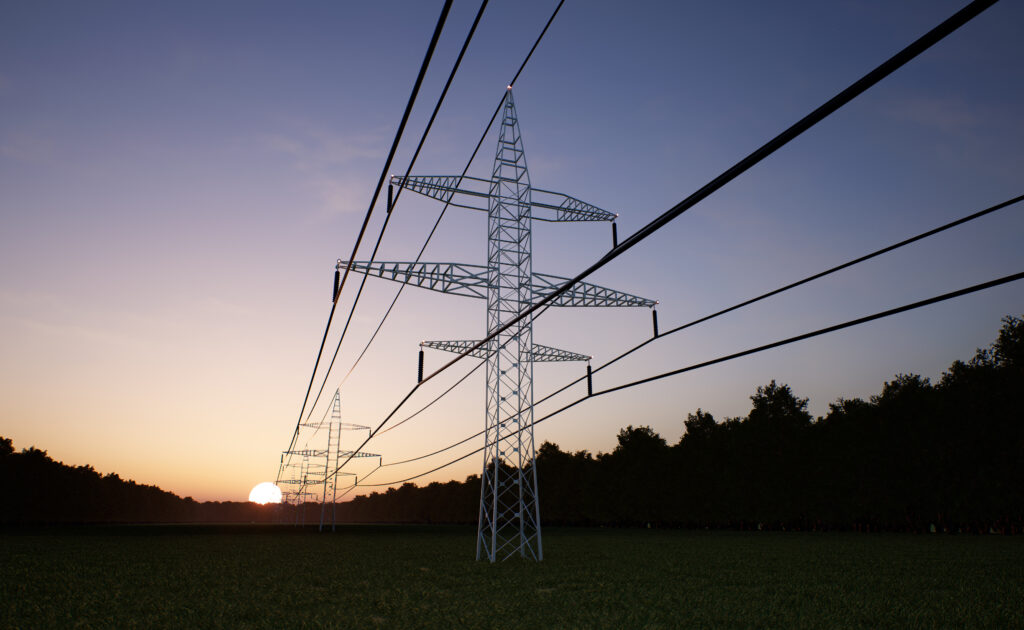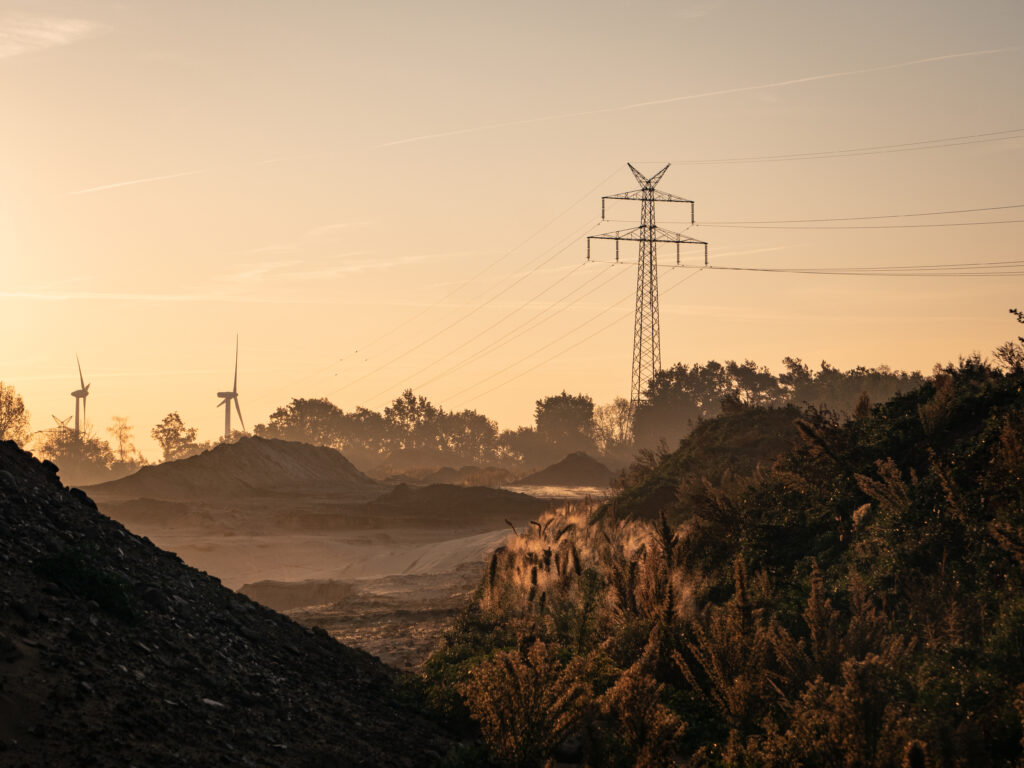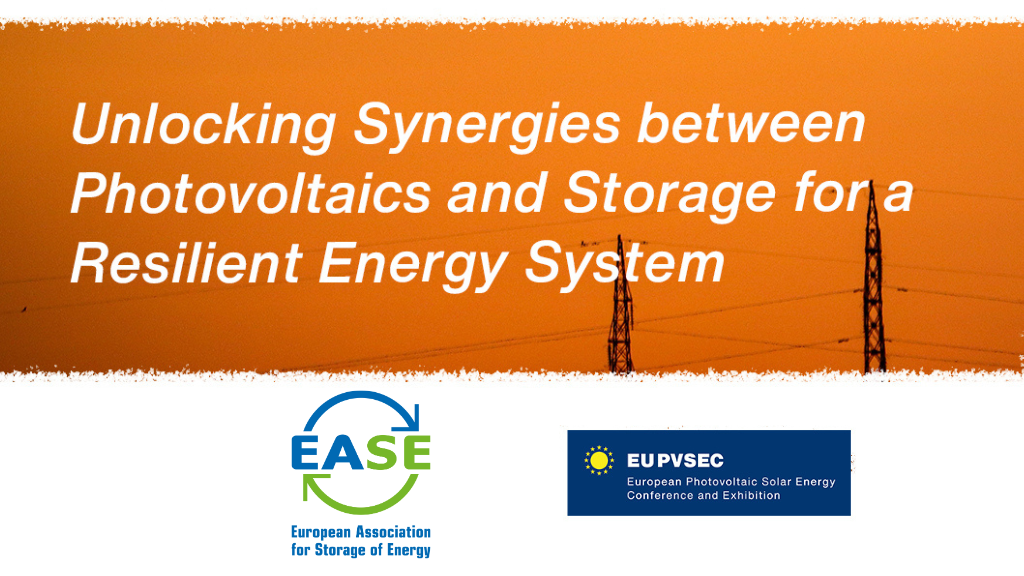28.11.2021 / News
Ten Years of EASE, Ten Years of Policy Developments
There is a website, quite popular among nostalgics, that archives internet pages. It’s called “WayBack Machine”: it takes a screenshot, from time to time, of all the existing websites in the world; and allows users to check how a certain website looked in the past.
It can be fun. What was on the BBC website’s front page on 2 March 1999?
What about EASE’s website in 1999? What energy storage policies was EASE discussing back then?
Well, the WayBack Machine doesn’t have a screenshot of EASE in 1999. There is no screenshot until 2011. EASE was created in 2011, so it’s fitting. Ten years have already passed
Energy storage really was something novel – for both industry and policymakers
Looking at EASE’s archived pages in the Wayback Machine, it is clear that, in 2011 and for a good share of 2012, most of the focus of EASE was on establishing the association and its work. Energy storage really was something novel – for both industry and policymakers.
By 2012, the EASE website started resembling what it is today. There is a section for EASE members – many of whom are still with us today, ten years later. There are sections for news, publications, and so on. If we look at the position papers, however, we can see how much has changed between then and now. Was energy storage on the European policymakers’ radars?
EASE’s position paper from April 2012 states that the European Commission has recognised “the vital role of storage technologies for a progressively decarbonised European energy system”. That’s a good start, for sure. But if we dig deeper and consult the 2012 and 2013 public consultation responses, we notice that even a consensus among all stakeholders on the definition of energy storage had not yet been reached.
EASE was building, one brick at a time, its advocacy strategy, its communication and activities
The WayBack Archive shows that EASE hosted the first Energy Storage Global Conference in 2014. That same year EASE co-organised a session on “Are the 2030 RES Targets achievable without Energy Storage?” as part of the European Union Sustainable Energy Week. EASE was building, one brick at a time, its advocacy strategy, its communications and activities.
From 2015, a headline from the website: “EASE members have agreed upon a definition of Energy Storage for the Electricity Vector”. Some of the policy focus has not changed: Network Codes and State Aid are still amongst
In 2016, finally: the Clean Energy Package, with its proposal issued by the European Commission in November. The Clean Energy Package’s importance cannot be overstated: the Third Energy Package which preceded it made no mention of energy storage.
The proposal from the Commission will be discussed and adopted in the following years, but this was an incredible milestone. That year also saw EASE working on the Ten-Year Network Development Plan and its cost-benefit analysis methodology, among many other topics.
Slowly, the European Commission has started giving energy storage the attention it warrants
The period between 2017 and 2019 was extremely busy. The Wayback Archive of the EASE website shows it. The concept of “sector integration” became increasingly popular among policymakers and it was EASE’s job to show how energy storage enables it. Grid charges, which exemplify how a fragmented regulatory framework hampers energy storage competitiveness was also brought into the conversation. Slowly, the European Commission has started giving energy storage the attention it warrants.
Over the last couple years, the number of policies related to energy storage has increased dramatically. Policymakers are eager to untap the sector’s potential. In a European Union that aims for a Green Deal and sound Post-Covid Recovery, energy storage is now seen as a key sector.
Not only has policy (and the EASE website) changed; it’s also the people. EASE member representatives, the EASE Staff – they have changed. If EASE today is so different from what it was ten years ago; but at the same time, so similar, it’s because of the individuals who have made EASE a space for discussion, promotion, discovery, and growth. Here’s to those who have made these ten years possible; and here’s to the next 10 years.




